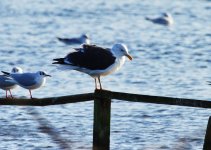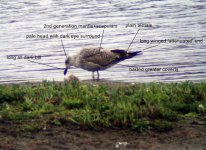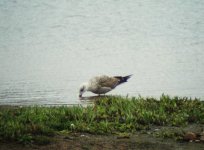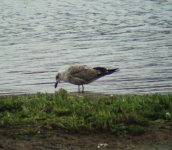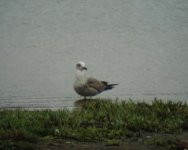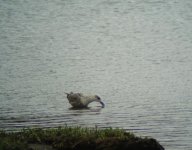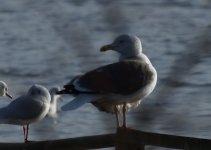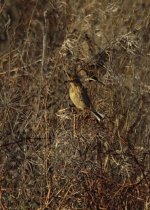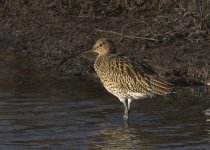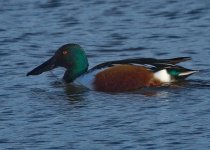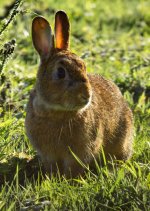timmyjones
Well-known member
Is it an Intermedius then, Dave? I read up on the fuscus being the darker but had it been cross refferred to Baltic I would not have even mentioned it!
I think the angles of the wings and the sunlight are making it look very dark, got any photos of it perched?




